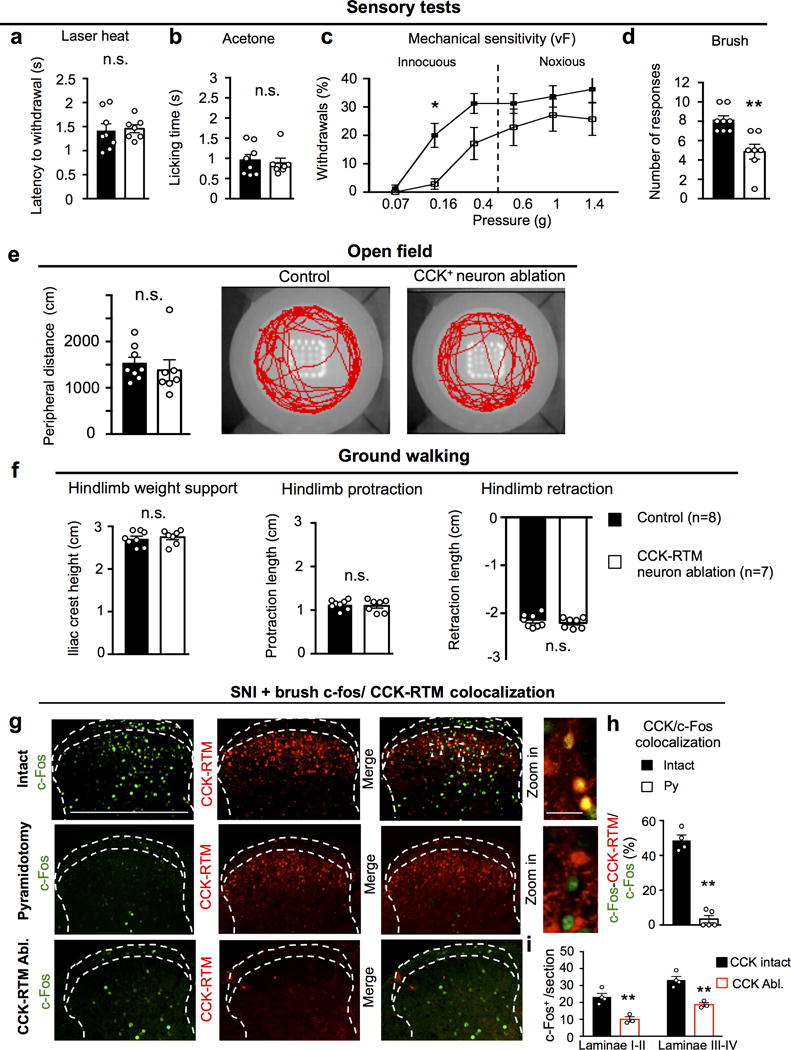Extended Data Figure 8. Tactile sensitivity and dorsal horn neuronal activation post SNI, but not nociceptive response or gross locomotion, is reduced in mice with lumbar CCK+ interneuron ablation.

a-d, Measurements of the sensitivity to laser heat (a, P=0.76), acetone (b, P=0.86), von Frey (c, P=0.03 for 0.016g) and brush (d, P=0.002) stimuli in control (n=8) or CCK-RTM interneuron ablated (n=7) animals. a, b, d, two-sided Student’s t-test; c, two-way repeated measures ANOVA followed by Bonferroni correction. e-f, Performance on open field (e, P=0.54) and ground walking (f, P=0.68, 0.72, 0.50 for hindlimb weight support, protraction, and retraction.) in control (n=8) or CCK-RTM interneuron ablated (n=7) mice. n.s.: no statistical significance, two-sided Student’s t-test. g-i, Representative images of c-Fos (green) activity (g) and quantification of CCK-RTM+/c-Fos+ cells (h), c-Fos+ neurons in different laminae (i) of the dorsal horn of the spinal cord (L3-L4) of CCK-RTM (red) mice after SNI and brush receiving sham (n=4), pyramidotomy (n=5) or lumbar CCK-RTM ablation (n=3). Scale bars: 500 and 50 μm. **, p < 0.01, two-side student’s t test. For h: P<0.0001, i: P=0.0045 and 0.0028 for laminae I-II, laminae III-V, respectively. Data are presented as mean ± SEM.
